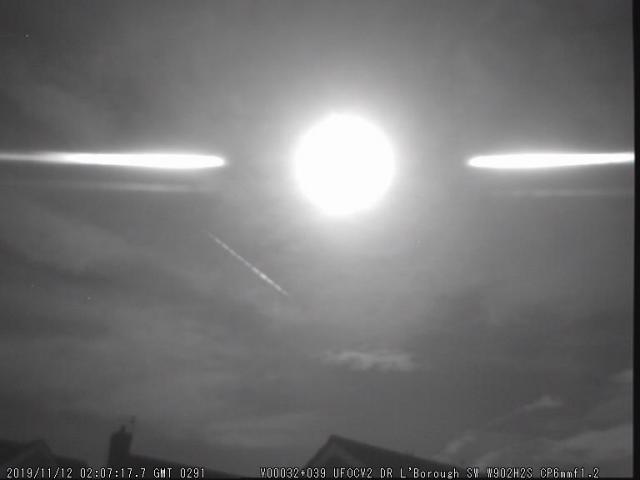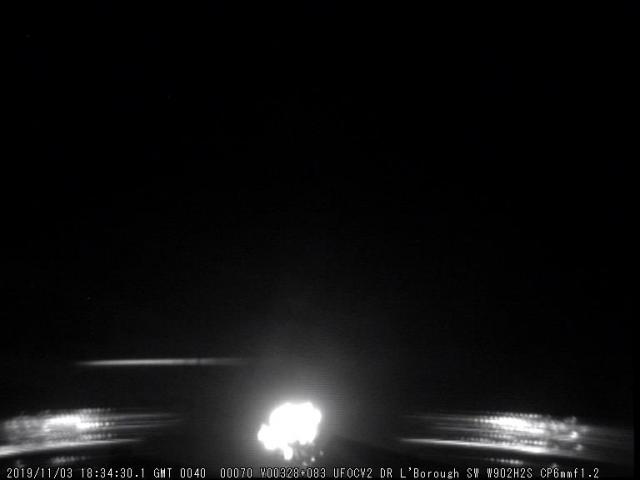› Forums › Spectroscopy › LASER experiments and spectral calibration › different dispersions in different orders
Hi Robin
Thanks for that, I will keep that in mind when checking. I have been zooming in on screen at times and making a mental qualitative note of separations, then scrolling along to the other side, and noting that distance. There may have been occasions where I’ve zoomed without realising, then thought, that distance looks different. I’ll find out later on in the quantitative analysis. I’m glad you made that point about lens distortion because, on my Watec camera [which is not these colour results] the lens shows some stars as blurred on left side, in focus in middle, and blurred again on right side but not as bad as on the left. (6mm lens). Spectra on that camera do show differences between + and – orders relative to zero order; and because the grating is just taped on the outside of the CCTV box, and is slightly curved across the front, and having seen the intense spectrum of the moon, that’s where I noticed the curvature, and got the idea it was due to curved grating. The pictures selected (the moon upper and a firework, lower) show the curvature more pronounced if the object is lower down (as in the case of the firework) – but the dispersion looks roughly symmetrical. Note, on the curved part, I try to make a linear pixel measurement as a best estimate, although I’m not sure whether I should be measuring the dispersion along the curve [or flattening that curve in e.g. BASS before dispersion is measured. But I know flattening can introduce errors, so I don’t want to go there. I’d rather take measurements when the dispersion is flat]

So it’s good to know that’s lens distortion. On the colour work, the lens is Canon 1100D with std 18-55 mm lens, set at 18 mm (and, on occasions, different f number (3.5, 8, 11, 22), stopping down because the sky was so bright. Would different f number affect/conceal those lens distortions you mention?
